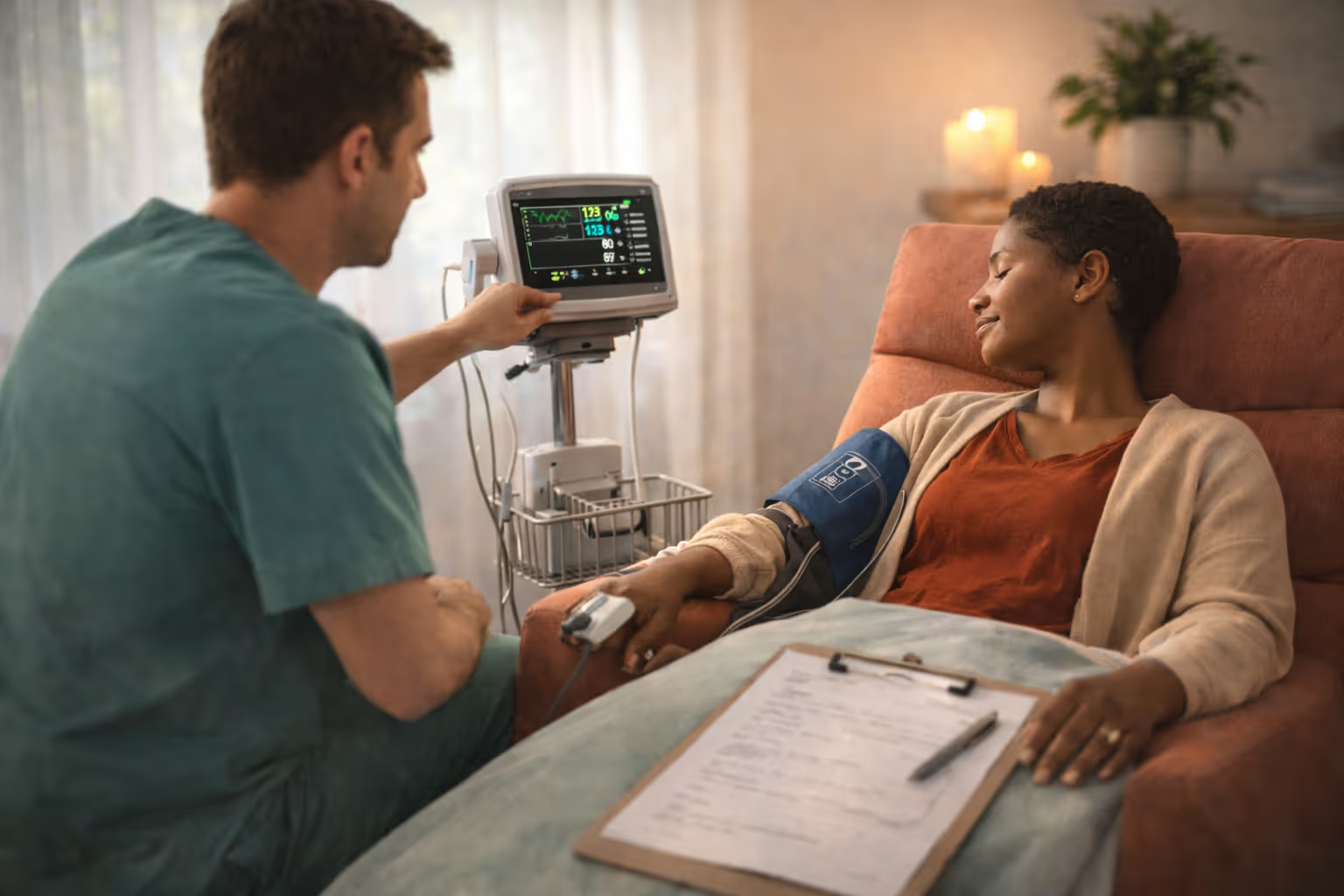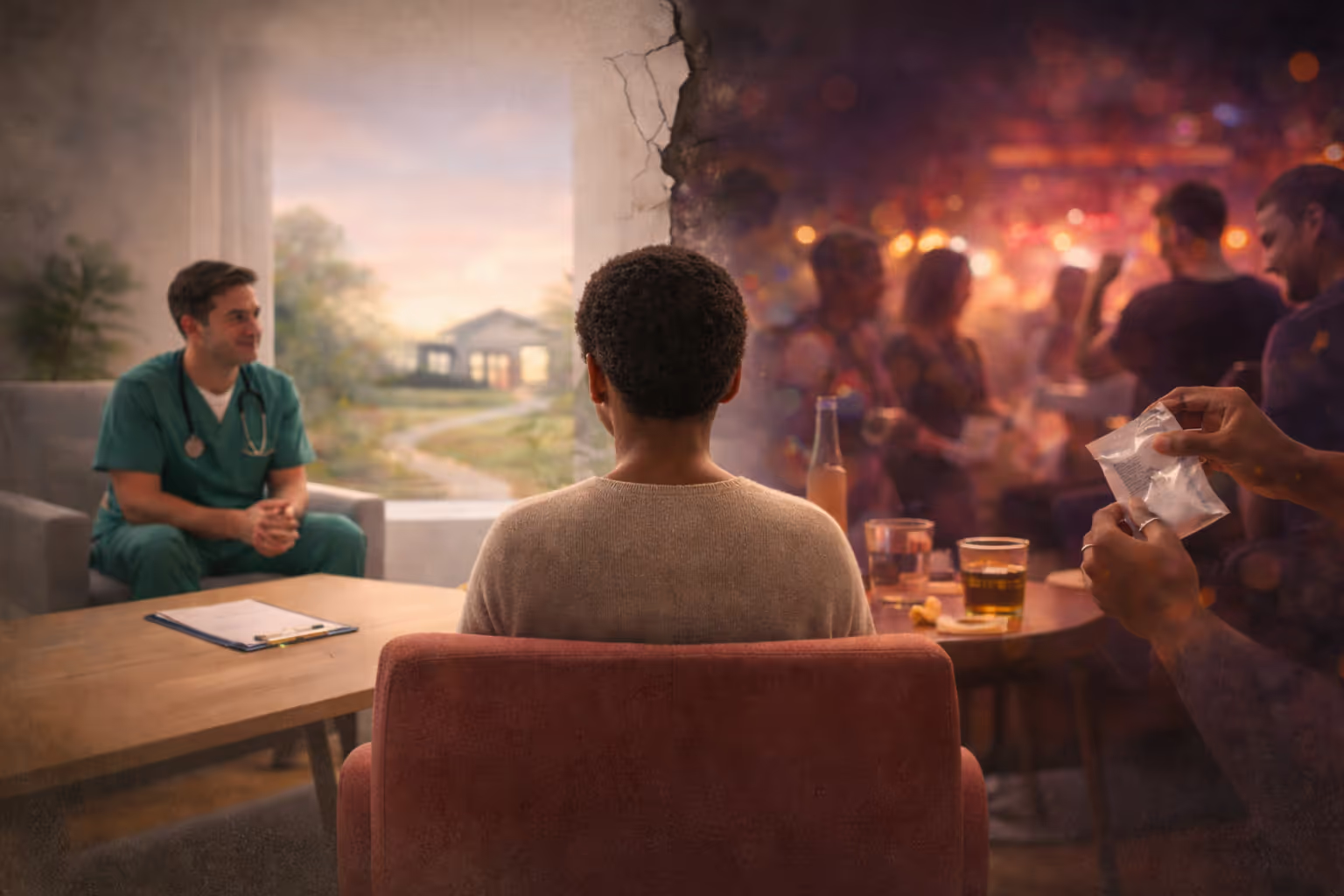When anyone starts a program with ketamine therapy or esketamine (Spravato), the first hours can feel very new — lighter, quieter, a bit more “spacious.” What you do within that window matters. This guide offers concrete steps you can actually follow so the early benefits of ketamine treatment (and Spravato treatment in a REMS-certified Spravato clinic) have the best chance to settle in. Many patients describe this window as the moment when small choices begin to compound.
Why the window right after ketamine treatment matters
Clinicians sometimes talk about a short “neuroplasticity window” after dosing — roughly the first few days when the brain is more flexible, responsive, and open to learning new patterns. Think of it as soft ground after rain: what you walk over now leaves clearer tracks, instead of mud-hardened earth. Ketamine therapy is thought to support this window by shifting glutamate signaling and increasing BDNF, which helps neurons form and strengthen connections after ketamine therapy.
Ketamine’s effects and neuroplasticity in plain language
Your brain isn’t broken. It may just be carrying a lot of weight. After ketamine treatment or Spravato, the “stuckness” can loosen — like a forest path cleared enough to try a gentler route home. During this time, values-aligned actions (resting, walking, writing a few honest lines) are more likely to “take.” That’s why simple, steady choices often make relief from ketamine for depression more durable.
Why “easy does it” helps changes stick in ketamine treatments
Early shifts can feel fragile: pleasant lightness, emotional access, or just quieter negative loops. Keeping stimulation low helps your system consolidate those changes. In clinical practice, it’s common to see that ease — not intensity — supports durable benefit in the first 24–72 hours.
Practical aftercare — day of ketamine dosing
Rest, rides, and no heavy machinery (including driving)
Plan your day so you can simply land. Arrange a ride to and from your Spravato clinic or ketamine therapy appointment, and don’t drive the rest of the day. Supervised dosing includes monitoring on-site, and most people feel fully themselves again within a few hours — yet fatigue or mild disequilibrium can linger. Give yourself permission to go straight home and take some space.
Hydration, light food, and sleep cues
Most patients do well with water or herbal tea, then a simple, familiar meal when appetite returns. If you fasted beforehand per clinic guidance, ease back in with light foods. Aim for an early wind-down — dim lights, phone on silent — to nudge sleep. Experiencing fatigue the night of ketamine dosing is common; and we at Lumin Health advise people to let rest be the “work.”
Abstract aftercare — what to give your mind
Quiet walks and low-stimulus time throughout your ketamine treatment
Think “low input, gentle output.” A short walk, a shower, soft music, or simply sitting by a window are all appropriate; whatever feels right to you in the moment without causing a stimulus overload. Many patients describe feeling more perceptive or emotionally available. Low-stimulus time after ketamine therapy lets that sensitivity organize into something useful instead of getting drowned out.
Simple journaling prompts
Keep this as effortless as possible — five minutes is plenty:
- “Right now, my body feels…”
- “A thought that softened today was…”
- “One small thing I want to try before my next dose is…”
- “If relief is possible, what would it look like this week?”
Short, concrete writing helps the brain notice and reinforce shifts during the neuroplasticity window after ketamine treatment and Spravato treatment.
What’s normal to feel after ketamine dosing
Tiredness, dizziness, or feeling “spacious”
Common, temporary effects include tiredness, mild dizziness, and a gentle sense of detachment or “spaciousness.” Many people experience a brief dissociative state during ketamine / esketamine dosing and feel steadily more grounded within 1–2 hours; traces of fatigue can persist through the evening. Experiencing emotions more vividly — or seeing the world as a bit brighter — also shows up in patient stories.
The Hours Immediately Following Ketamine Therapy are Crucial
The hours and days after ketamine therapy are often where meaningful shifts begin. This guide offers calm, concrete steps for aftercare — rides arranged, no driving the rest of the day, light routines, and room to land — so early changes from ketamine treatment or esketamine (Spravato) can begin to consolidate. If anything feels “off,” call us. We’ll walk you through next steps. For many, small choices in this window make relief more durable in a Spravato clinic setting, especially when using this period to support ketamine for depression.







